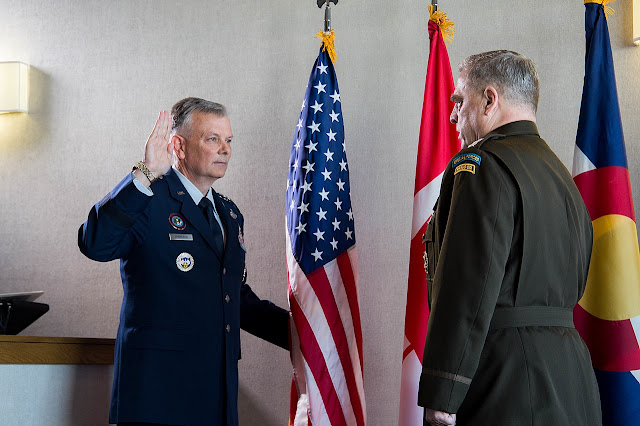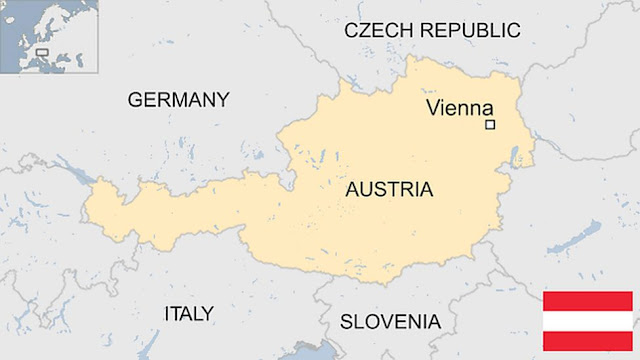Poland is a champion in equipment and support in Ukraine
Thursday, February 9, 2023. As Ukraine asks the United States for a long-range weapon such as the ATACMS MGM-140 missile,
neighboring Poland may soon receive $10 billion worth of armaments, including long-range missiles, rockets, and launchers.
The sale of long-range missiles, rockets, and launchers to Poland has been approved by the US Department of Defense, according to a Pentagon announcement on February 7, 2023.
To defend itself in a possible war with Russia, Poland has embarked on a series of defense spending to modernize its arsenal.
At the same time, it supports Kyiv with military aid packages.
The further, the better!
The reported maximum range of ATACMS short-range ballistic missiles is 300 kilometers.
History
The German invasion of Poland
Germany's invasion of Poland began on September 1, 1939, and essentially marked the beginning of World War II (the same will happen now in 2023);
Stalin and
Ribbentrop shook hands after the Pact signing in the Kremlin.
The invasion took place one week after the signing of the Ribbentrop-Molotov Pact between Germany and the Soviet Union.
Seventeen days after the start of the German invasion, and within the framework of this Pact, the Soviet invasion followed.
On Friday, October 6, 1939, Poland was now completely subdued.
Political developments, however, overshadow the Polish plot.
On August 23, 1939, the non-aggression Pact between Germany and the USSR, known as the Molotov-Ribbentrop Pact, was signed.
The Poles do not suspect the secret protocol behind this Pact, which is none other than the future dismemberment of their country between Hitler's Germany and the Union of Soviet Socialist Republics Союз Советских Социалистических Республик, SSSR in Latin script.
At the beginning of 1939, the first indications of Hitler's intentions appeared:
On the anniversary of his assumption of power (January 1933) in 1939, Hitler referred to his speech and the Non-Aggression Pact of 1934 ( 1) but only to say that the Poles were oppressing the German people in their country, and Germany was vehemently protesting this.
Chamberlain (front left) met with Hitler (front right) in September
1938, a year before Germany invaded Poland. The Munich Accord, which the men negotiated at this meeting, would be violated by Hitler's invasion of Poland.
(German Federal Archives)
It is the preface to the German demands:
After a short time, Germany called for the incorporation of Danzig into the Reich and the construction of a high-speed highway through the Polish part of Pomerania.
Britain and France respond to these claims by re-guaranteeing Poland's territorial integrity.
Chamberlain Declares "Peace for Our Time"
On September 30, 1938, British Prime Minister Neville Chamberlain
received a rowdy homecoming after signing a peace pact with Nazi Germany.
On March 27, 1939, Chamberlain called on his Government to sign an alliance with the Poles, given the imminent German attack. Then, on March 31, he announced from the floor of the House of Commons that, in the event of the use of arms by Poland in its defense, England would be obliged to give her every possible support.
From the French side, this guarantee is empty:
France is in no mood for a new War after the population bleeding it suffered during the First World War.
In Britain, however, something similar needs to be added, although Prime Minister Neville Chamberlain seems indecisive and cautious.
At the end of May, Hitler asked the military leadership to prepare plans for the invasion of Poland.
He even tells them: "Do not expect a repeat of what happened in Czechoslovakia. This time, gentlemen, you will have the war...".
At the end of August, German forces are ready to invade Polish territory.
However, Hitler hesitates for only a few days, looking for a way to avoid British intervention - he is entirely confident of French inaction.
The British ambassador in Warsaw, Henderson, writes about it:
"I am confident, from what I saw in Berlin, that Hitler had ordered the invasion of Poland on the night of August 25-26; otherwise, I cannot explain what was happening in Germany:
Military permits had been revoked; airports had been closed; domestic flights had been suspended, and food had been rationed.
Adolf Hitler Seeing the indecision of the British Prime Minister Chamberlain, decided on the Historic invasion that led to the official start of the Second World War.
Hitler is now simply looking for the occasion.
Westerners estimate that, based on its population, Poland has about 80 established land divisions.
They also estimate that it has about 450 aircraft.
Unfortunately for them (and the Poles), the country has about half its divisions assembled, only one motorized brigade, several cavalry brigades, and 450 aircraft, few of which can be considered modern, although it has highly trained pilots:
They will prove it later by escaping from their conquered country and participating in the Battle of Britain.
There are also about 100 old armored, 500 anti-aircraft guns instead of the intended 2000, and the artillery, though appreciable, is entirely horse-mounted.
However, it has an excellent 40mm "Bofors" anti-tank gun, which would significantly damage the German armored units.
The transmission network is rudimentary, the reserves are inadequate, and there is no preconceived plan to deal with a possible German invasion.
Germany had already prepared the ground for years with many secret agents throughout the territory of Poland, carrying valuable information to Berlin.
The German Nazi Ideology had fanatical admirers and supporters throughout Europe at the time and in Poland.
The Polish army remains at WWI standards, and after the "skirmish" of Gleiwitz, estimates that it will take the Germans 15 days to assemble their troops.
They believe that they have an "agricultural" army (infantry moves on foot or in carts), are agile, and adapted to the terrain conditions of the country.
In addition, the incomplete composition of the Polish forces is due to one more reason:
They want to avoid giving rise to German aggression.
The Polish Navy has forced even more inadequate than the German: It has some destroyers, submarines, and support vessels.
The invasion of Poland by Hitler.
There is no reason to invade!
Thus the German Nazis, fanatically loyal to Adolf Hitler, decided to create it according to their plan (Operation Himmler).
On the night of August 31, 1939, SS men took 150 prisoners from the Buchenwald concentration camp, took them to the Gleiwitz border transit station, and dressed them in Polish uniforms.
The provocation.
Immediately after, they force them to swallow poison, shoot the corpses, and cause minor damage to the station to make it look like it was attacked.
The first casualty of World War II, which was beginning, was German Franciszek Honiok, a 43-year-old Silesian farmer who SS agents arrested on August 30, 1939.
On the station's radio, an SS man screams in Polish that Polish troops are about to invade Germany.
The Theater of the Absurd has just begun!
The war
flag and naval ensign of the German Wehrmacht (1938–1945 version)
Station commander Colonel Steinmetz initially tries to resist the deception, but the SS responds with a "Fuhrerbefehl!" (Führer's order).
After taking relevant photos, the SS leaves.
In this way, on September 1, 1939, Hitler can officially announce to the Reichstag that the Poles tried the previous day to invade German territory and that the Wehrmacht was returning the fire it received at 4:45 in the morning.
The reality, however, is different.
Hitler ordered the attack on Poland on August 31.
Based on a detailed plan drawn up by Walter von Brauchitsch and his Staff, codenamed Fall Weiss (white program), the Wehrmacht attacked Poland by land, sea, and air.
It is September 1, 1939, and World War II begins again in Europe.
1. On January 26, 1934, Poland became the first European country to sign the Non-Aggression Pact with Nazi Germany for 10 years. The secret part of this Pact contained the agreement on mutual military assistance and the division of the spheres of influence.
Where else would it have started? Who knows better than Europe to create a World War? Save such excellent know-how.
The year is 2023, and history is repeating itself.
Billy Kasis Military and History Blog writer.
@world.war.3.2023

.jpg)











.svg.png)









Comments
Post a Comment
Hello, feel free to write your opinion.